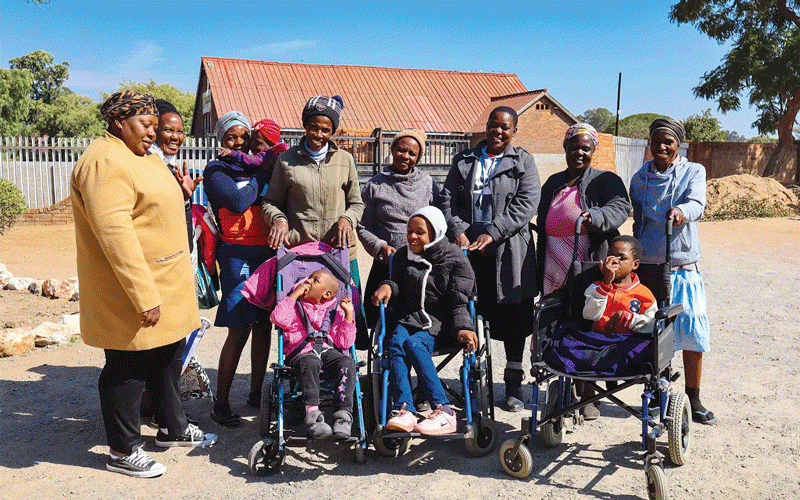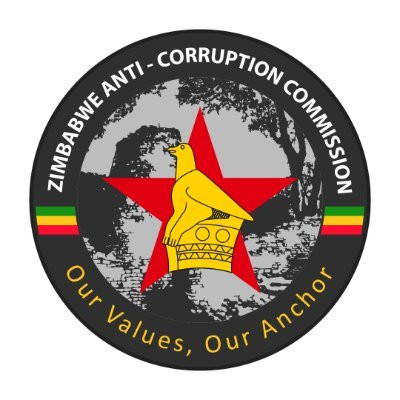
Insukamini Primary School in Mpopoma, Bulawayo's high-density suburb, has become a beacon of hope for youth with disabilities after it opened its doors to them to venture into income-generating projects.
The school was persuaded to contribute to moulding an inclusive society after it was approached by the Zimbabwe Parents of Children with Disabilities Association (ZPCHCA) this year as part of its advocacy programme to create opportunities for children with disabilities and their caregivers.
ZPHCA’s initiative is part of a programme by the Ministry of Public Service, Labour and Social Welfare supported by Unicef’s Child Protection Fund III and funded by the Swedish International Development Agency that seeks to strengthen caregivers' capacity to advocate free access to disability-specialised services.
The initiative is contributing to the implementation of the National Disability Policy in five districts: Epworth (Harare), Mutasa (Manicaland), Beitbridge (Matabeleland South), and Zvishavane (Midlands).
Thandi Nkomo, the headmistress of Insukamini Primary School, said they agreed to open a simulation centre for children with severe disabilities. Following lobbying by the ZPCHA, the centre will also offer youths who are out of school land to do income-generating projects.
“The school already has special classes for children with hearing impairment, the intellectually and visually impaired,” Nkomo said.
“This year, we received a delegation from the ZPCHA where we discussed children with severe disabilities, who were at home because they cannot be accommodated in the normal school system.
“It was agreed that we will provide a stimulation centre class for children of school-going age and adolescents.
“We also resolved to allocate youths with disabilities part of our land where we have a nutritional garden so they can embark on income-generating projects.”
The school has a borehole that will need minor repairs to support the agriculture projects.
Access to services
Insukamini Primary School is the third school in Bulawayo to have a stimulation centre for children with disabilities, after Dumezweni Primary School and Josiah Chinamano Primary School.
The centres will give children and youths with severe disabilities access to rehabilitation and education services, as well as education services and economic opportunities in the case of Insukamini Primary School.
Nkomo said they will work with parents and caregivers to support the youths in making their projects successful.
Anna Siwela from Mpopoma, whose 23-year-old son has cerebral palsy, said the opening of the centre would help caregivers cut transport costs as they no longer have to go to Mpilo Hospital regularly for physiotherapy sessions.
Siwela said the agriculture projects will also help the youths to fend for themselves and keep them occupied.
“I want to thank Unicef for assisting us to advocate for these services, which will go a long way in helping our children,” she said.
“Most parents that have children with severe disabilities do not have resources to take care of them while others lock them up at home so that they can do other things to fend for their families.”
Sibonginkosi Dave, a parent of a 22 year-old adolescent with disabilities from Mpopoma, said she was relieved that they no longer have to commute to the King George VI Centre every week for physiotherapy.
“I want to thank Unicef and the government for helping us to open stimulation centres within the community,” Dave said.
“As parents of adolescents with disabilities, we were increasingly finding it difficult to take them to King George for physiotherapy because of high transport costs.
It meant that I had to pay transport fees for myself, my daughter and her wheelchair, which was very expensive.
“The stimulation centre at Insukamini Primary School will help us as parents because when we bring the children for physiotherapy, we will also be tending to the nutrition garden on the piece of land the school has given us.
“The garden will help us to give the children balanced diets and it will also be a source of income for the youth who can work.”
Share ideas
Perina Mazenge, the ZPCHA chairperson for Bulawayo, said the simulation centre would provide a youth centre and give them the Insukamini Primary School simulation centre, which will provide the youths with economic opportunities and a platform to share ideas.
“As parents of youths and adolescents with disabilities, we want to thank the government and Unicef for the assistance in opening the stimulation centre at Insukamini Primary School because we want to thank the government and Unicef for the assistance in opening the stimulation centre at Insukamini Primary School. Our children will greatly benefit,” Mazenge said.
“We have been given a garden where the youths will grow different crops and sell the produce to generate income.
“There will also be physiotherapy facilities to cut transport costs as we used to travel to rehabilitation centres at Mpilo Hospital or the King George VI Centre.
“They will also be coming here to share ideas instead of staying at home, which might help them come up with something big.”
The programme has benefited 366 children and adolescents with disabilities who are accessing a package of services from government departments responsible for providing community-based services for children with disabilities.
Caregivers were also trained in advocacy techniques, and their requests were submitted to the Ministry of Public Service, Labour, and Social Welfare Department so that the children’s needs could be assessed and care plans were drawn up.
The government also issued assisted medical treatment orders (AMTOs), including special AMTOs that give the children access to services outside government institutions when unavailable, and immediate access to the Basic Education Assistance Module.










